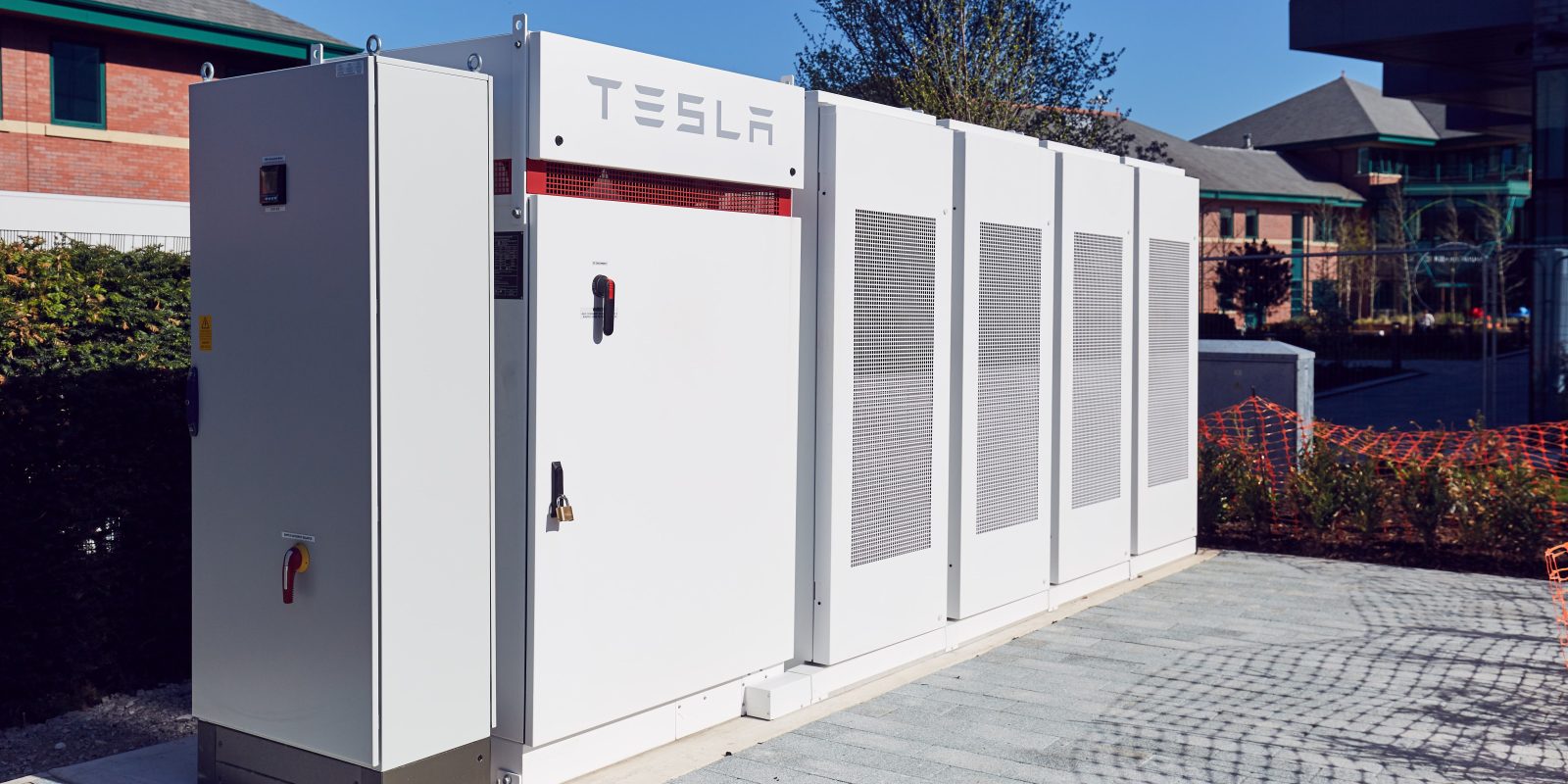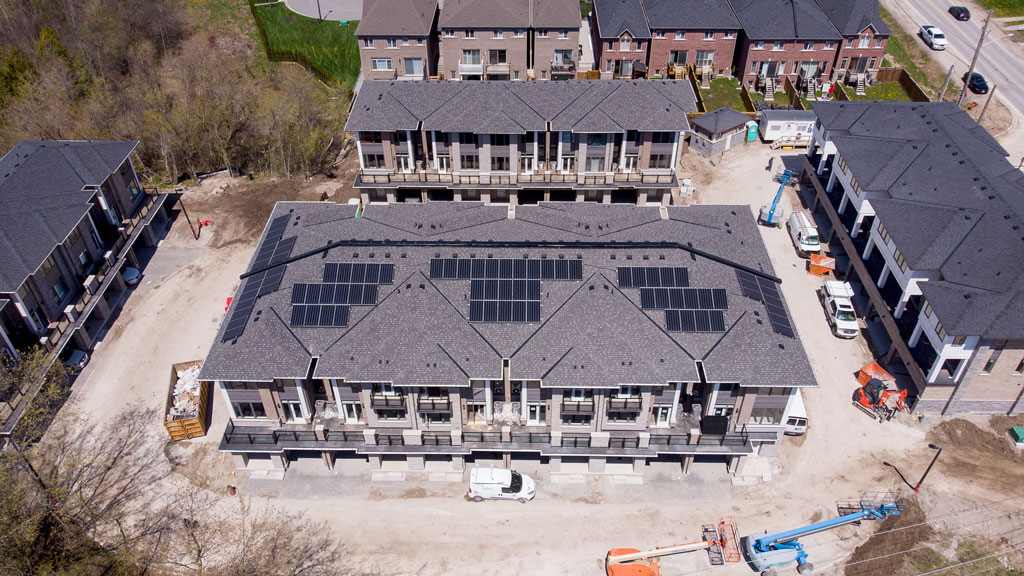
Residents of a new community in Pickering, Ontario, will be the first to receive a nested Tesla microgrid system. Powered by rooftop solar panels and Tesla’s Powerpacks, the twenty-seven homes should be entirely self-sufficient.
If successful, the project can demonstrate what sustainable development and community can look like, leading to more microgrids across Canada.
See also: Tesla solar roof: everything you need to know
Tesla has previously worked on microgrid projects to power remote communities. For example, the SolarCity built on Ta’u in American Samoa helped save the local 600 residents of the island more than 100,000 gallons of fuel per year.
This project hopes to go further by providing backup power and grid services to a small community just an hour’s drive from Toronto.
The Independent System Electricity Operator (IESO), Opus One Solutions, Elexicon Energy and Marshall Homes have partnered to create the Altona Towns community; 27 homes that comprise a fully integrated microgrid. With about 35,000 new residential homes built in Ontario each year, the project will demonstrate how microgrids can benefit homeowners while reducing the amount of electricity needed from the grid, helping make the provincial electricity system more affordable for all Ontarians.
What’s in the Tesla Microgrid?

The housing units feature a 25kW rooftop array of solar panels. Each panel can provide 10% of the total power needed to run the community.
The inability to store excess energy after solar panels are inactive (or the sun goes down) has been a big roadblock to their widespread adoption. Thankfully, any extra power generated by the rooftop panels will be kept in three Tesla Powerpacks.
See also: How do solar panels work?
As a result, homeowners can expect to save 10% to 12% each month on their electricity bills. They’ll also have seven EV charging stations to charge electric vehicles, drawing from the same sustainable microgrid.
Here are all the specs of what the Tesla microgrid includes:
- A 250 kW/500 kWh battery
- 25 kW of rooftop solar generation
- Seven electric vehicle chargers
- Real-time visibility into home end-uses for customers via an app
All in all, this is a promising alternative to the Tesla Powerwall, where instead of each home having a charging station, a community can share energy storage.